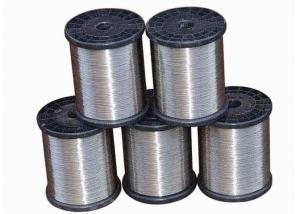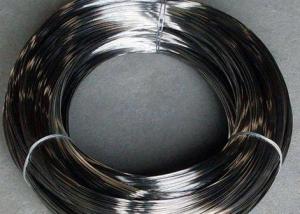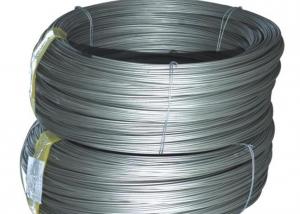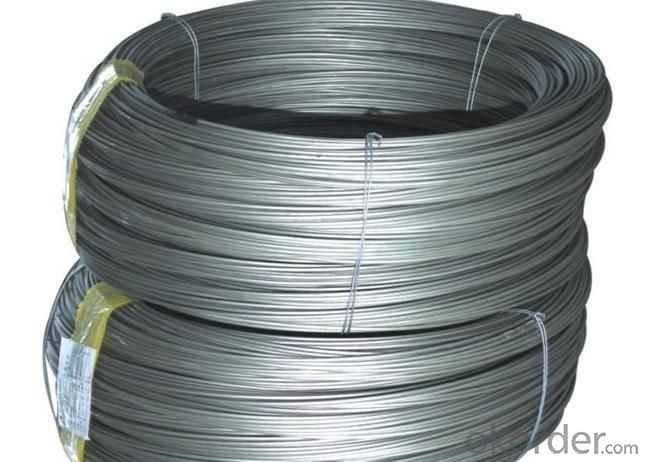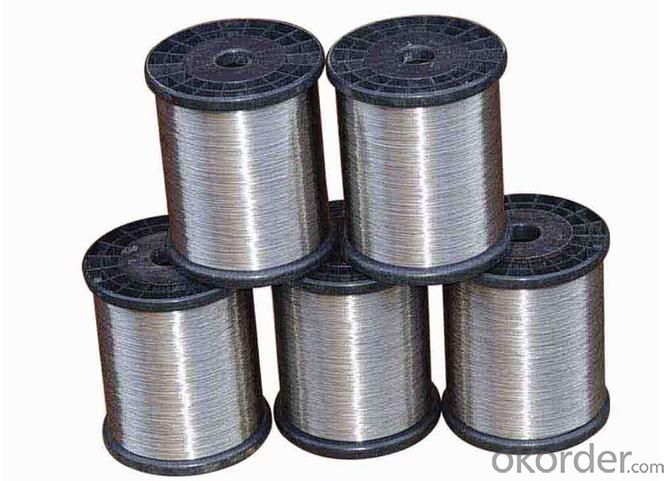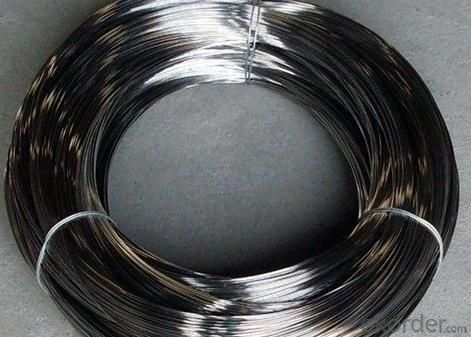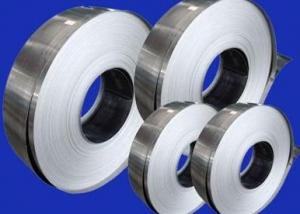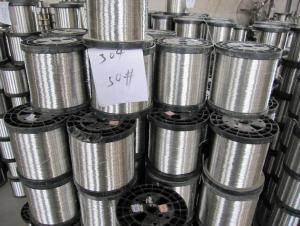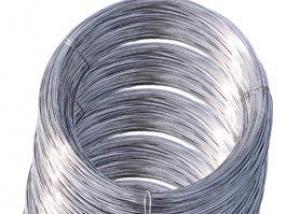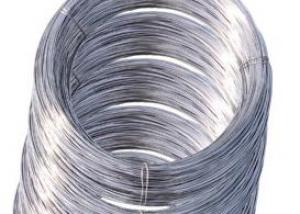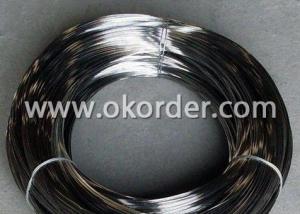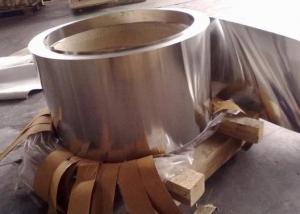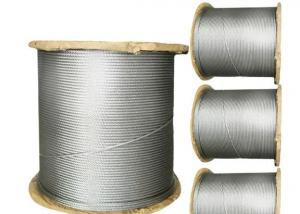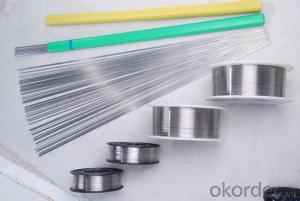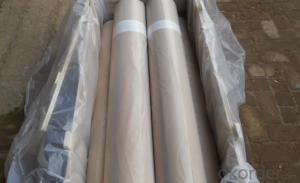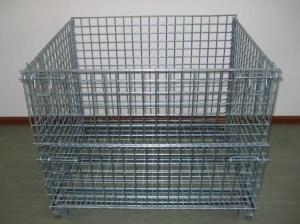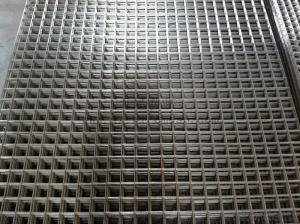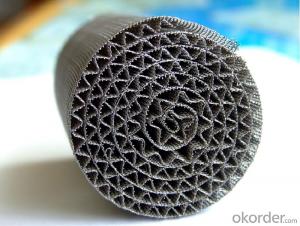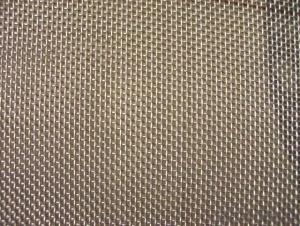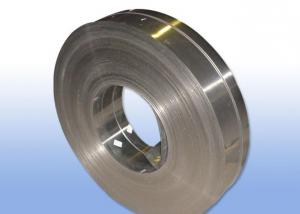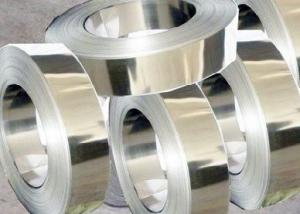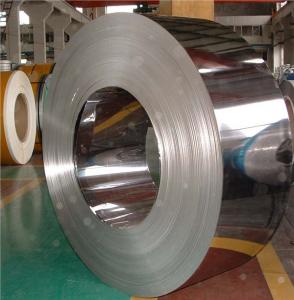202 Stainless Steel Wire
- Loading Port:
- China Main Port
- Payment Terms:
- TT or LC
- Min Order Qty:
- 1 Ton m.t.
- Supply Capability:
- 2000 Tons Per Month m.t./month
OKorder Service Pledge
OKorder Financial Service
You Might Also Like
Stainless Steel Wire
1.Grade: SS 200,300,400 series
2.Dia: 0.1mm-100mm
3.Length:500m-2000m/Reel
4.Surface: Bright
5.Certificate: Fortune 500, SGS, ISO 9001:2008
6.Test: Salt Spray over200 hours
7.MOQ:500kg
8.Delivery: Within 20 days
9.Packing: Reel, wooden box or according to your requirement
10.Payment terms: China Main Port or CIF ANY PORT
11. Application: Tie wire, pins, lashing, forming wire, filters, gaskets, elevators, safety wire, shaped and flat wire, conveyors, jewelry, springs, brush welding, electrical, wire line, craft and many more applications.
|
Main Grades |
C % |
Si % |
S % |
P % |
Mn % |
Cr % |
Ni % |
Mo % |
Cu % |
|
S30400 |
<0.08 |
<0.75 |
<0.015 |
<0.045 |
<2 |
18.05-19 |
8.01--8.25 |
<0.6 | |
|
304H |
0.04-0.1 |
<0.75 |
<0.015 |
<0.045 |
<2 |
18.05-19 |
8.01--8.25 |
<0.5 | |
|
304Hc1 |
0.03-0.05 |
<0.75 |
<0.015 |
<0.045 |
<2 |
18.05-19 |
8.01-8.25 |
1.2-1.6 | |
|
304Hc |
0.03-0.05 |
<0.75 |
<0.015 |
<0.045 |
<2 |
18.05-19 |
8.01--8.25 |
2-3 | |
|
304Hc3 |
0.03-0.05 |
<0.75 |
<0.015 |
<0.045 |
<2 |
18.05-19 |
8.01--8.25 |
3-3.5 | |
|
304ES |
<0.08 |
<0.75 |
<0.015 |
<0.045 |
2-3 |
16.05-17 |
6.01-6.3 |
1.5-3 | |
|
304M2 |
0.05-0.08 |
<0.75 |
<0.015 |
<0.045 |
2-3 |
18-18.5 |
7-8.1 |
<0.6 | |
|
304M3 |
0.05-0.08 |
<0.75 |
<0.015 |
<0.045 |
2-3 |
18-18.5 |
8.01-8.25 |
<0.6 | |
|
304L |
<0.035 |
<0.75 |
<0.015 |
<0.045 |
<2 |
18.05-19 |
8.01--8.25 |
<0.6 | |
|
321 |
0.04-0.08 |
<0.75 |
<0.015 |
<0.045 |
<2 |
17-18 |
8.01--8.25 |
||
|
316L |
<0.035 |
<0.75 |
<0.015 |
<0.045 |
<2 |
16.05-17 |
10.01--10.35 |
2.01-2.2 |
<1 |
|
316 |
0.04-0.08 |
<0.75 |
<0.015 |
<0.045 |
<2 |
16.05-17 |
10.01--10.35 |
2.01-2.2 |
<1 |
|
316LCu |
<0.035 |
<0.75 |
<0.05 |
<0.045 |
<2 |
16-17 |
10-10.5 |
2-2.25 |
|
|
ER316L |
<0.04 |
0.65 |
<0.03 |
<0.04 |
1.0-2.5 |
18-20 |
11.1-12 |
||
|
201CU |
<0.08 |
<0.75 |
<0.015 |
<0.045 |
8-9.5 |
13.05-14 |
4.01-4.25 |
2-3 | |
|
D667 |
<0.08 |
<0.75 |
<0.015 |
<0.045 |
13-14 |
13-14 |
0.7-1.5 |
1.5-3 | |
|
D665B |
<0.08 |
<0.75 |
<0.015 |
<0.045 |
14-16 |
10.05-11 |
<1.2 |
0.5--1.5 | |
|
202B |
0.1-0.15 |
<0.75 |
<0.015 |
<0.045 |
9-10 |
17.05-18 |
4.5-5 |
||
|
D669 |
0.08-1.0 |
<0.75 |
<0.015 |
<0.045 |
14.5-16 |
11-12 |
<1.2 |
0.5-1.5 | |
|
200CU |
<0.08 |
<0.75 |
<0.015 |
<0.045 |
11-12 |
13-14 |
1-2 |
1.5-2.5 |
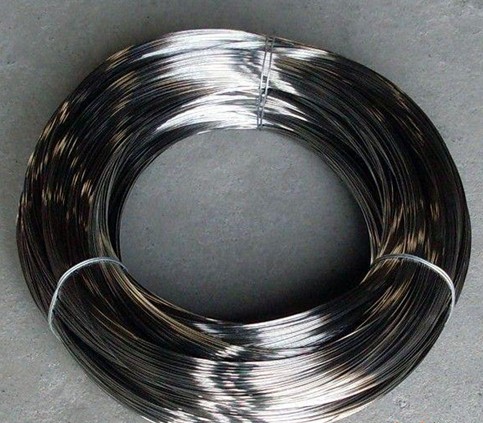
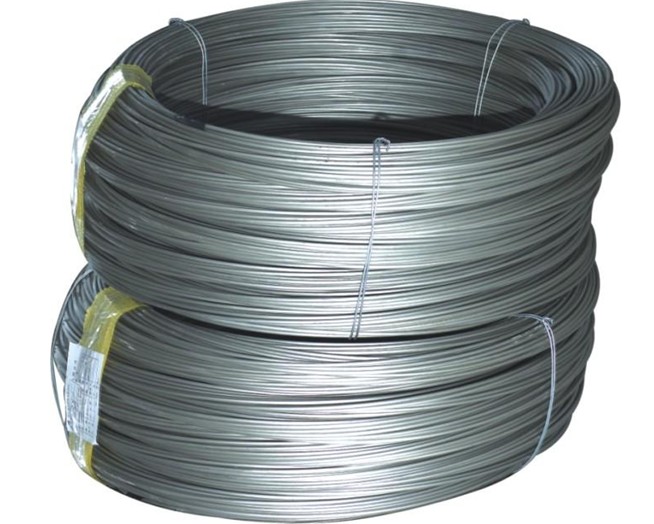
- Q: Can stainless steel wire be used for wire rope hooks?
- Yes, stainless steel wire can be used for wire rope hooks. Stainless steel is a strong and corrosion-resistant material, making it suitable for various applications, including wire rope hooks.
- Q: What are the different types of stainless steel wire crimping techniques?
- There are several types of stainless steel wire crimping techniques, including hand crimping, manual crimping tools, pneumatic crimping tools, and hydraulic crimping tools.
- Q: What's the difference between a stainless steel cup and a nonmagnetic one?
- It's just health care. That is to say, there is a magnet is called "magnetic water", "no magnet" is ordinary water, as for the final analysis whether there is no health care, there is no authoritative argument.
- Q: Can stainless steel wire be used for netting or mesh?
- Yes, stainless steel wire can definitely be used for netting or mesh. Stainless steel is a highly durable and corrosion-resistant material, making it ideal for applications that require strength and longevity. Stainless steel wire mesh is commonly used for various purposes such as fencing, safety barriers, animal enclosures, filtration, and even decorative purposes. It is known for its high tensile strength, flexibility, and resistance to rust and harsh environmental conditions. Stainless steel wire netting or mesh is a popular choice in industries such as construction, agriculture, mining, food processing, and many others.
- Q: Can stainless steel wire be used in high temperature environments?
- Yes, stainless steel wire can be used in high temperature environments. Stainless steel is known for its excellent heat resistance properties, making it suitable for applications where high temperatures are involved. It has a high melting point and can withstand extreme temperatures without losing its strength or integrity. This makes stainless steel wire ideal for use in industries such as aerospace, automotive, and manufacturing, where components are exposed to elevated temperatures. Additionally, stainless steel wire has excellent corrosion resistance, further enhancing its suitability for high temperature environments.
- Q: Is stainless steel wire resistant to saltwater corrosion?
- Stainless steel wire's resistance to saltwater corrosion is remarkable. Its composition includes alloying elements like chromium, which creates a protective layer on the wire's surface. This shield, called a passive film, acts as a barrier, preventing direct contact between the wire and saltwater and minimizing the chances of corrosion. Moreover, stainless steel wire boasts exceptional strength and durability, making it perfect for saltwater applications like marine structures, coastal installations, fishing gear, and seawater desalination facilities.
- Q: Can stainless steel wire be used for wire bending?
- Yes, stainless steel wire can be used for wire bending. Stainless steel is a strong and durable material that can be easily manipulated and shaped without breaking, making it suitable for various wire bending applications.
- Q: How long does stainless steel wire last?
- Stainless steel wire boasts exceptional durability and resistance to corrosion, rendering it an extremely dependable option for various uses. The lifespan of stainless steel wire can differ based on factors like the surroundings it is exposed to, the caliber of the stainless steel employed, and the level of upkeep it receives. Nevertheless, on average, stainless steel wire can endure for multiple decades, if not longer. In non-corrosive or indoor environments, stainless steel wire can remain intact indefinitely without displaying any indications of deterioration. In more aggressive settings, such as marine or industrial environments, the lifespan of stainless steel wire may be diminished, but it still surpasses other materials. Regular cleaning and maintenance can substantially extend the lifespan of stainless steel wire and guarantee its continuous functionality and aesthetic appeal. All in all, stainless steel wire is renowned for its remarkable longevity, making it a cost-efficient choice for a broad array of applications.
- Q: Can stainless steel wire be used in outdoor applications?
- Yes, stainless steel wire can be used in outdoor applications. Stainless steel is known for its corrosion resistance, which makes it an ideal choice for outdoor use. It can withstand exposure to harsh weather conditions like rain, snow, and UV rays without rusting or deteriorating. Additionally, stainless steel wire is also resistant to chemicals, making it suitable for various outdoor environments. Whether it is used for fencing, hanging lights, or supporting plants, stainless steel wire provides durability and longevity in outdoor applications.
- Q: Is galvanized wire the same as stainless steel wire?
- Stainless steel wire drawing is a metal processing (stainless steel) process. It is the most popular surface treatment technology in the stainless steel and aluminum products industry. It is the drawing effect of stainless steel and aluminum products. Therefore, galvanized wire and stainless steel wire are two different products.
Send your message to us
202 Stainless Steel Wire
- Loading Port:
- China Main Port
- Payment Terms:
- TT or LC
- Min Order Qty:
- 1 Ton m.t.
- Supply Capability:
- 2000 Tons Per Month m.t./month
OKorder Service Pledge
OKorder Financial Service
Similar products
Hot products
Hot Searches
Related keywords
